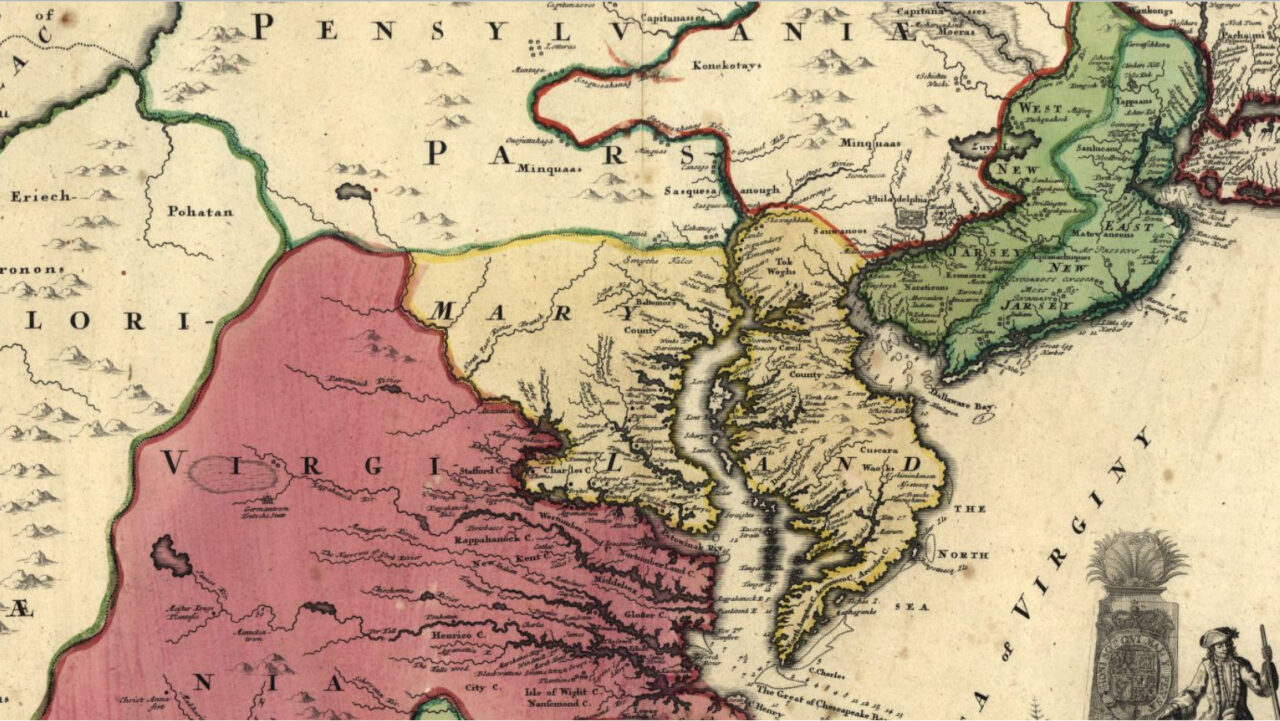
Pennsylvania and Maryland fought for 80 years over boundary; Then came the Mason-Dixon Line
-
Scott LaMar

Airdate: June 7th, 2023
The Mason-Dixon Line has separated Pennsylvania and Maryland since the 1760s. It has often been viewed as the line between north and south and has become a big part of popular culture.
But how did it come to be?
Historian Michael Dixon told The Spark Wednesday that Pennsylvania and Maryland had been disputing their boundaries for 80 years. Sometimes those disputes became violent and there was bloodshed.
Finally, the King of England had enough of the violence and commissioned astronomer Charles Mason and surveyor Jeremiah Dixon to set the borders between the two colonies.
Mason and Dixon didn’t have anything close to today’s surveying equipment. They used chains and went off the stars to measure and find the boundaries as Dixon explained,”From this northeastern corner of Maryland to the Delaware line and maybe a mile in that direction, they began an over 200 mile trek through the present day borders of Chester, Lancaster, York, Franklin, Cumberland and on up at the line Fulton (Counties). And eventually they’ll get so far west that they decide maybe we better stop. They were heading into Indian territory.”
Surveys after Mason and Dixon finished their work found the boundaries were very accurate.
The Mason-Dixon Line is probably the most famous boundary in the country and is a big part of popular culture. Dixon said the dividing line between north and south and freedom and enslavement for African-American is one of the main reasons,”You start with freedom seekers. Literally right there (pointing to the stone marker one), that was insane. People were treated as property. They were enslaved. In the decade coming as the Civil War is coming up and you wanted freedom. It wasn’t too far away from the head of the Chesapeake Bay or Harford County (Maryland) or all along the line had to be very appealing because freedom was right over there (pointing to Pennsylvania). So people, freedom seekers begin to self emancipate themselves. They’re not waiting for anybody else. And so it becomes a very active conduit on the Underground Railroad.”
The stone markers along the Mason-Dixon Line come from England. Many still exist but others were plowed or paved over or broken.
(Mike Dixon photos)





